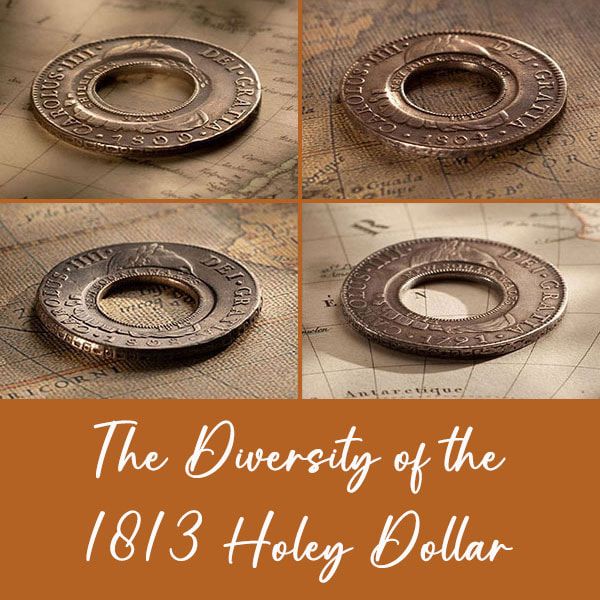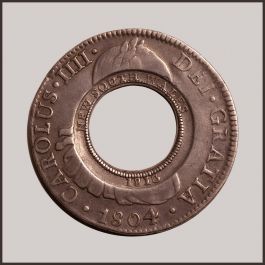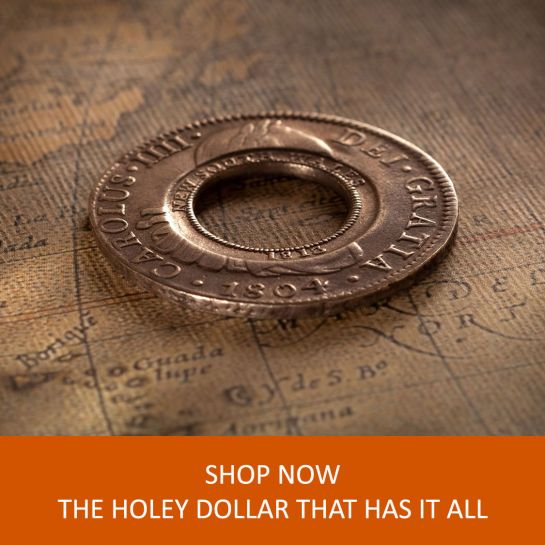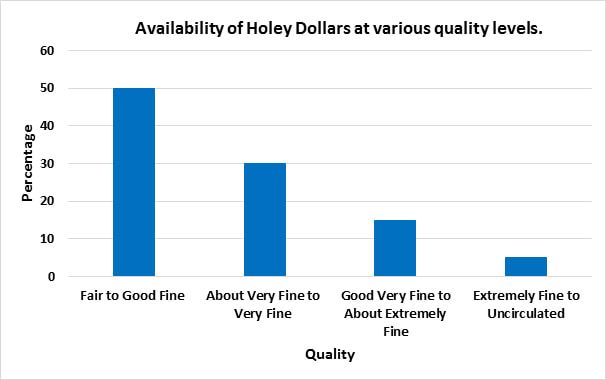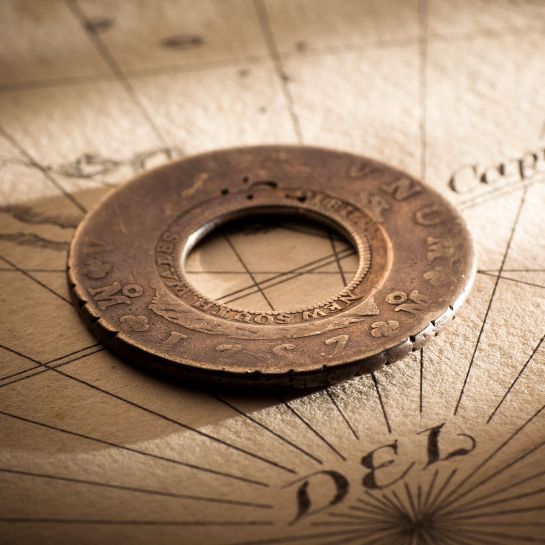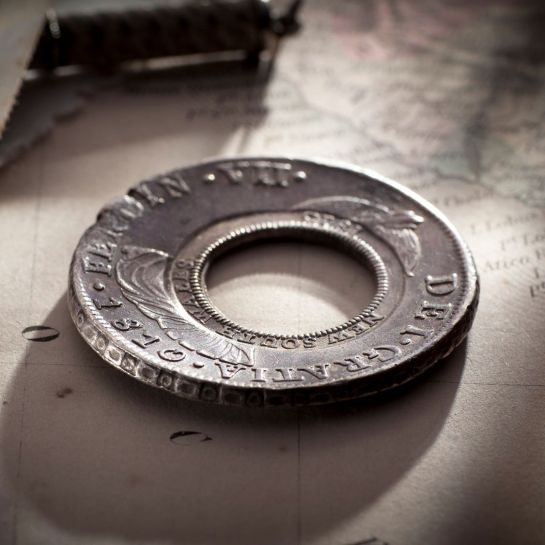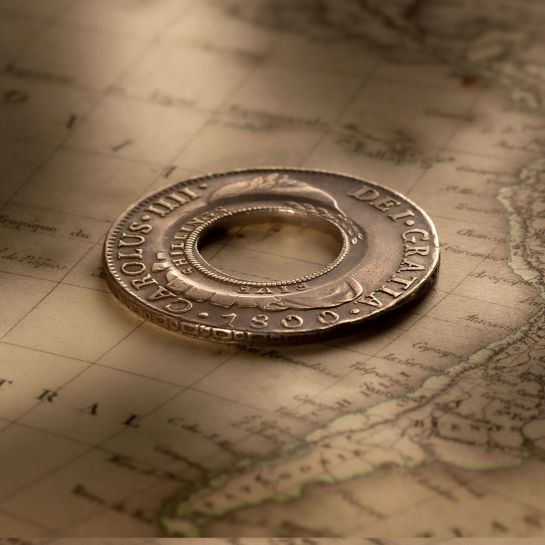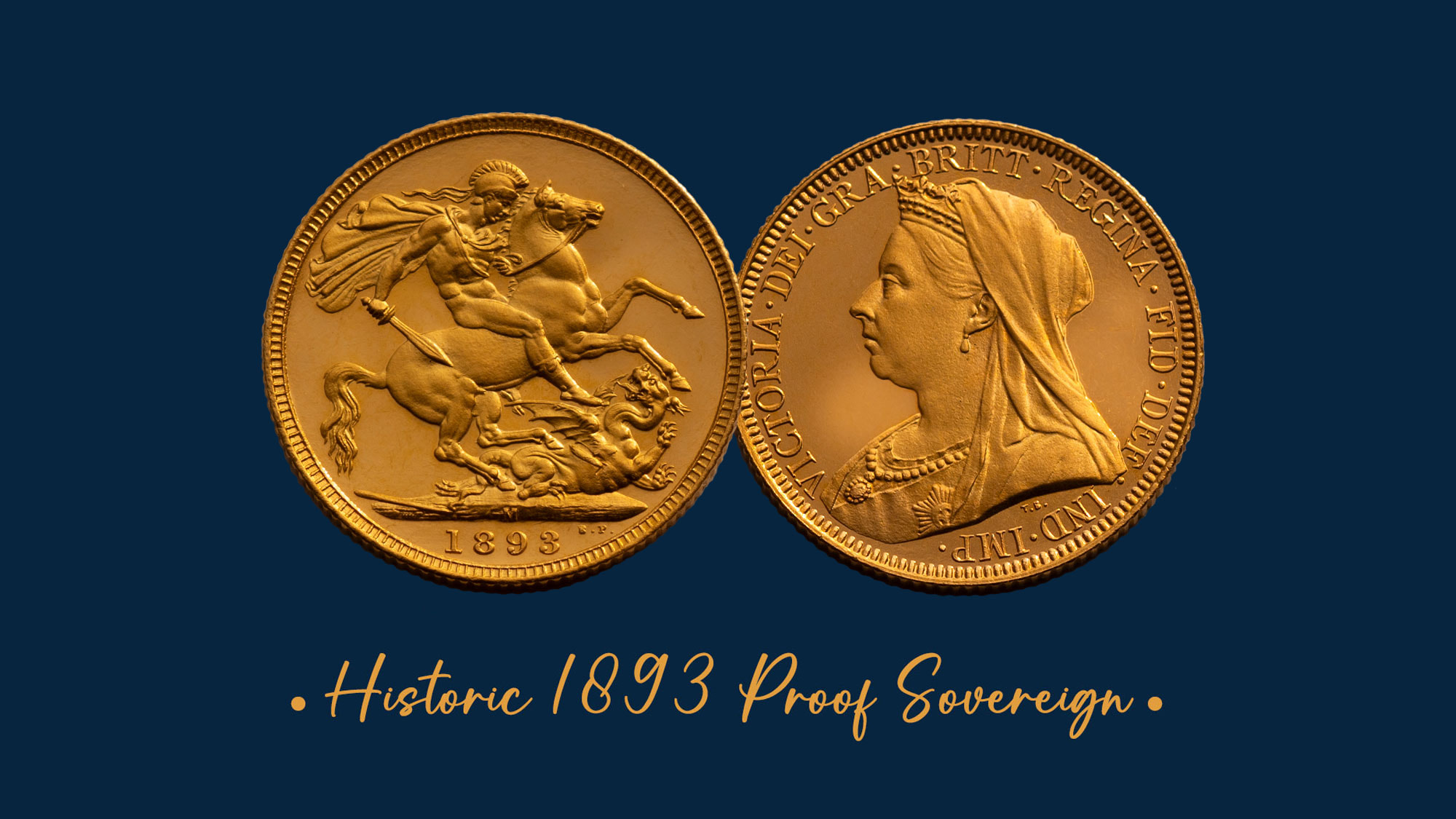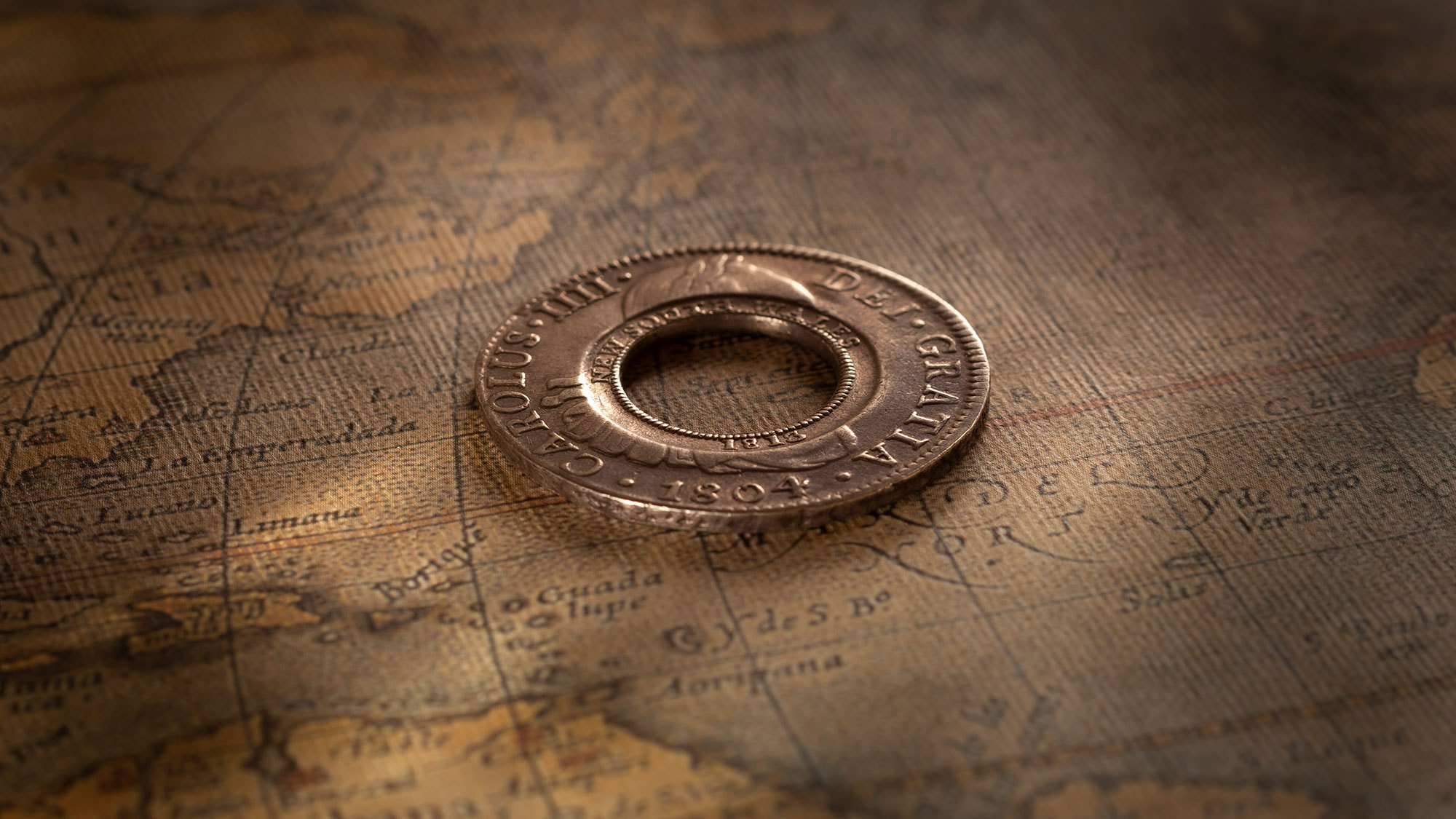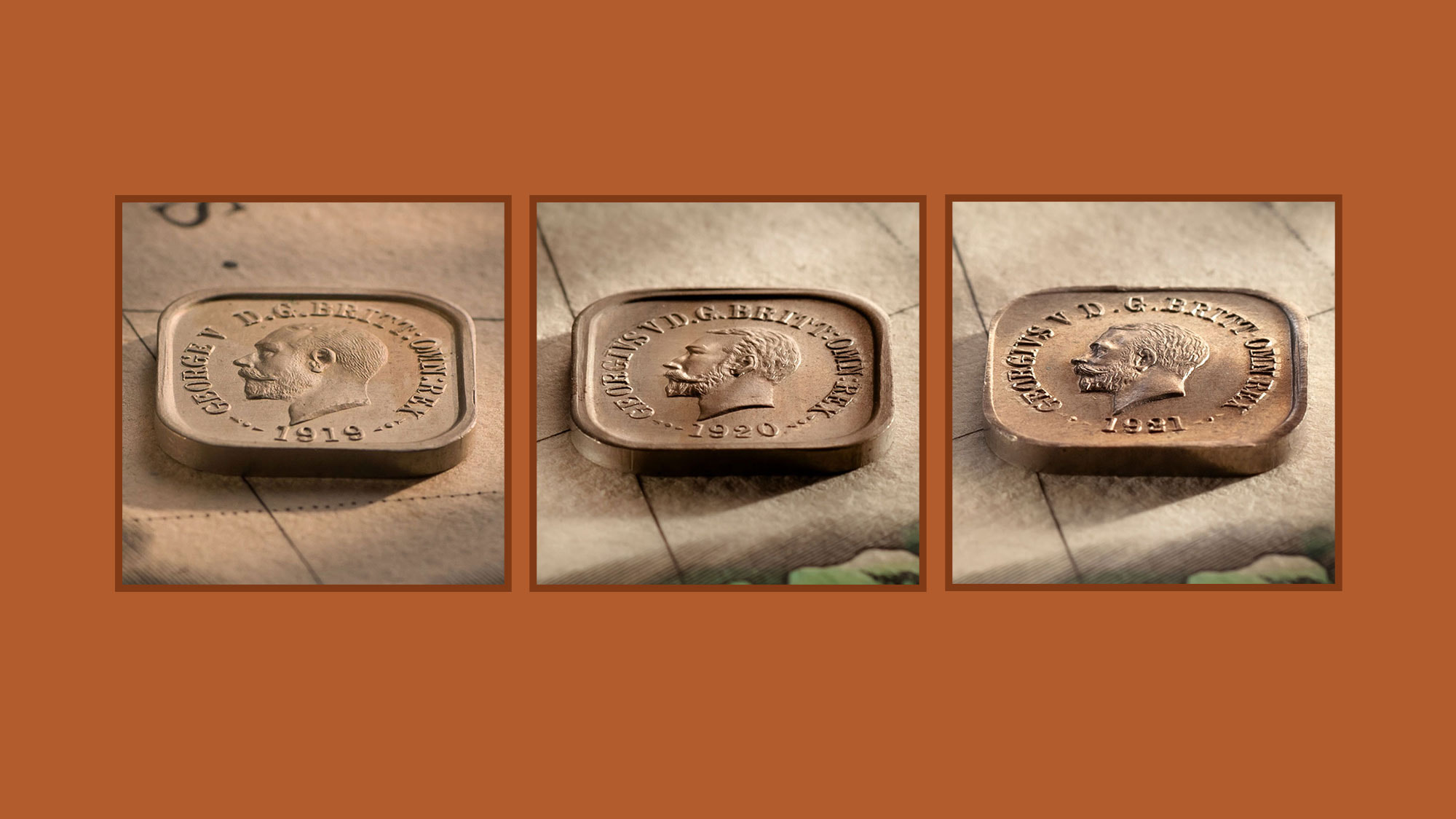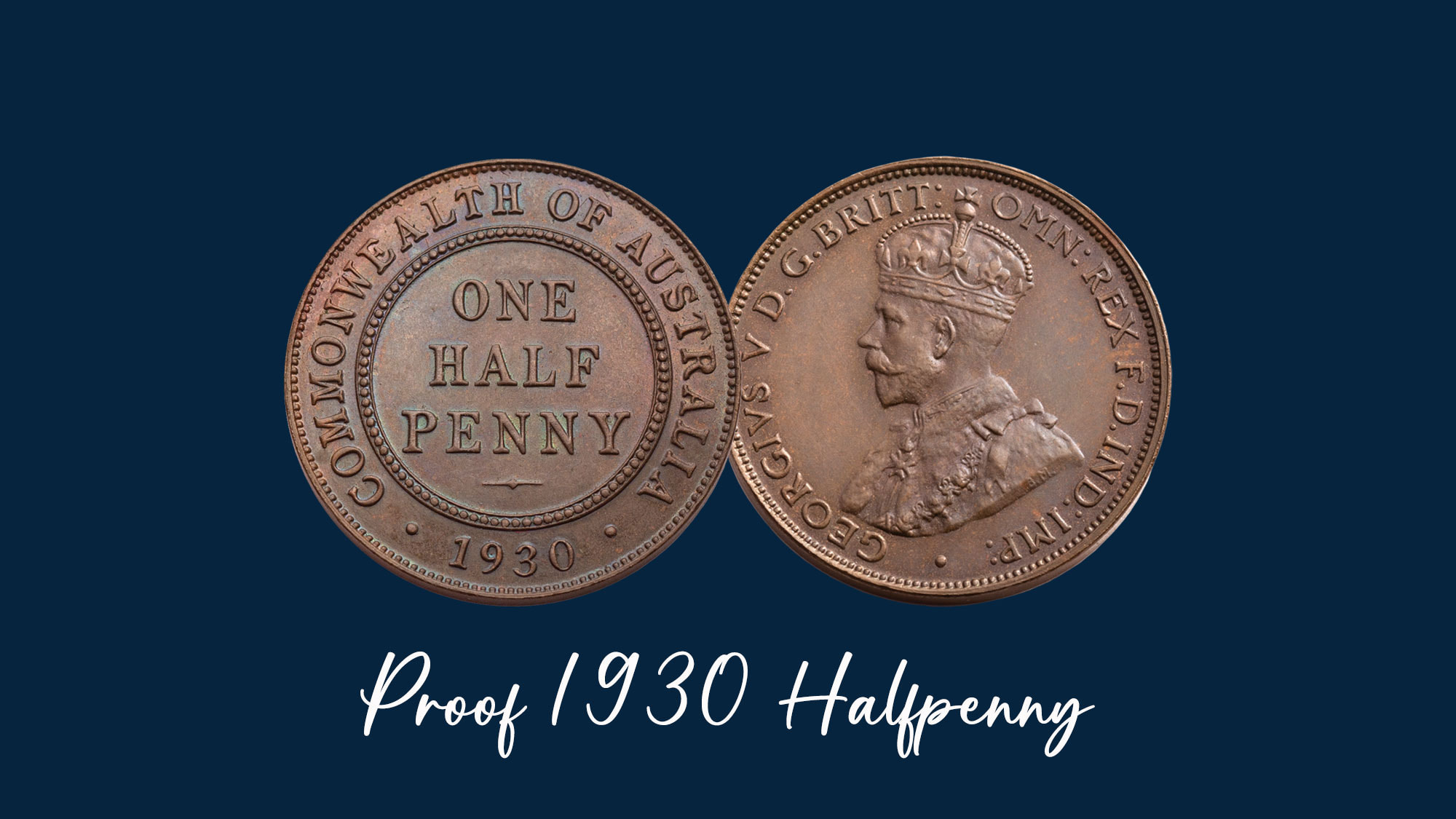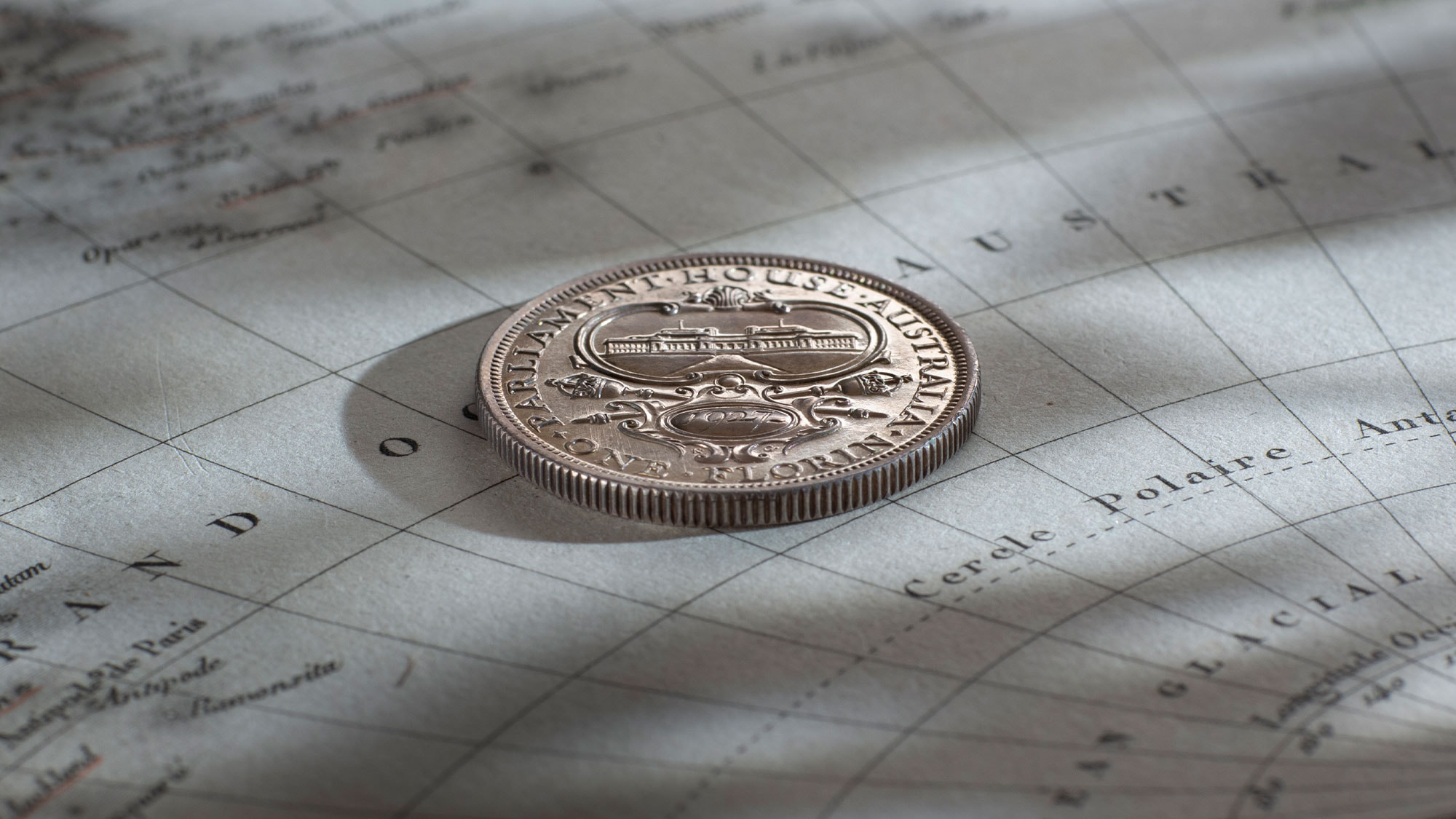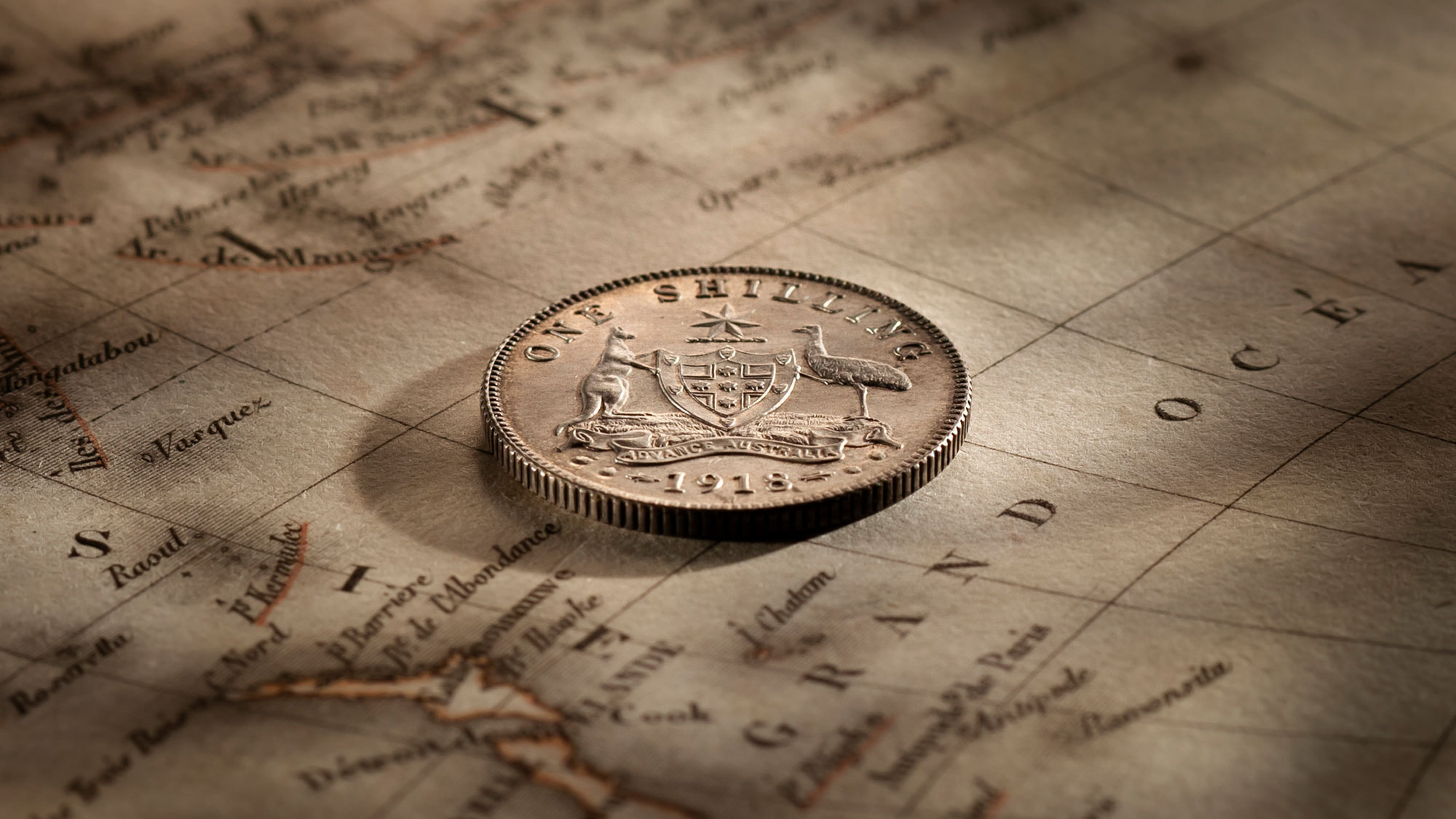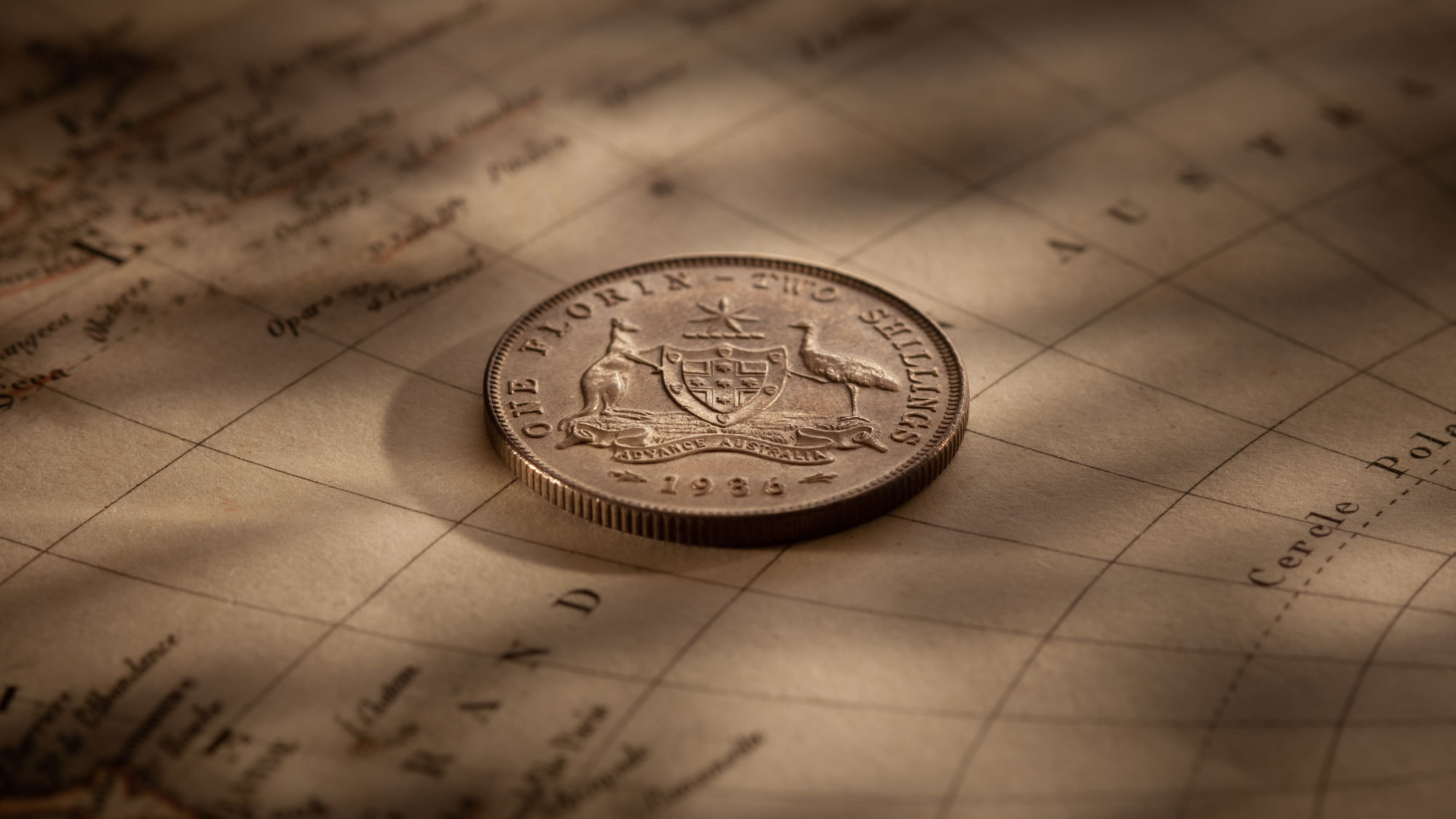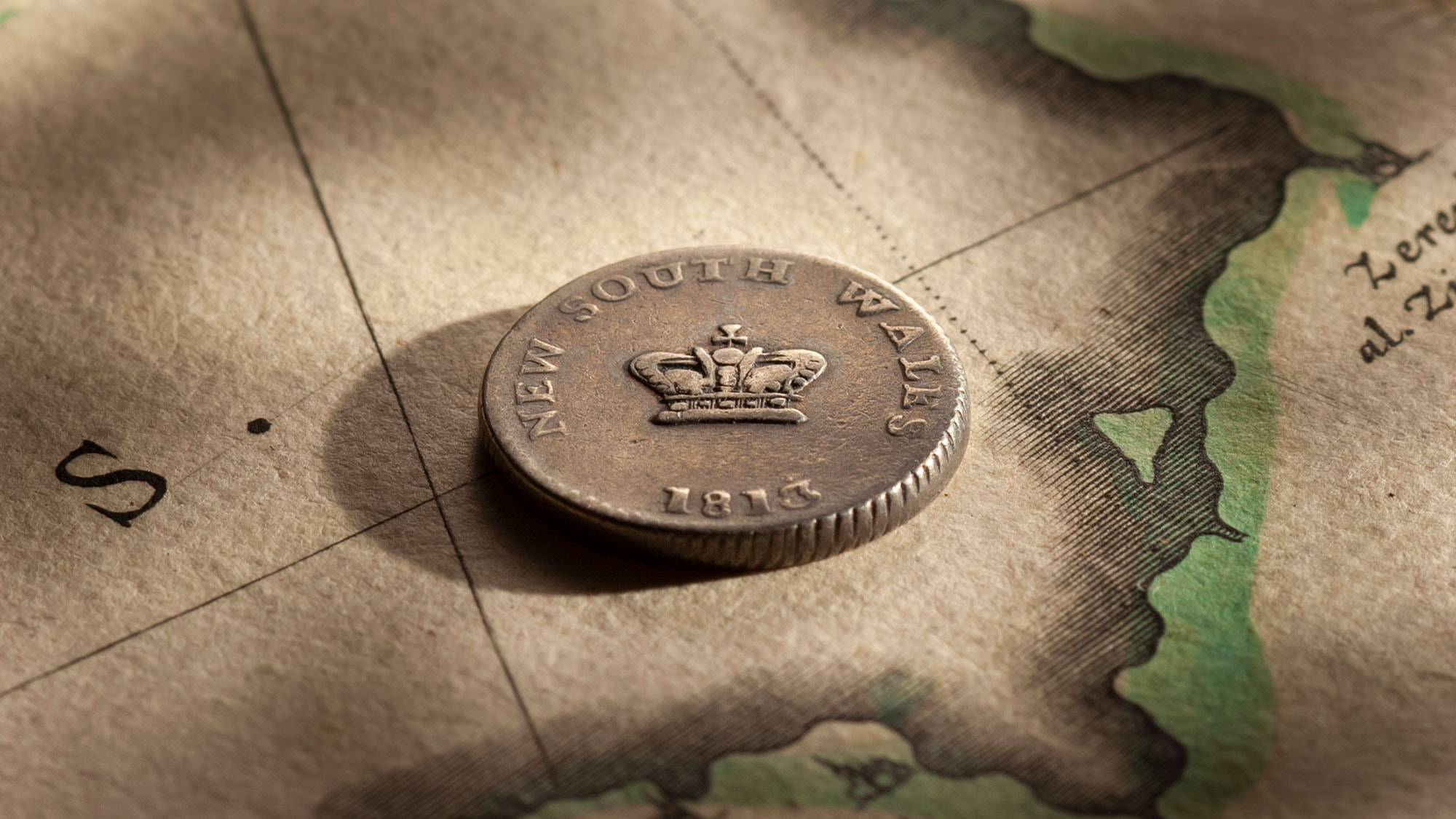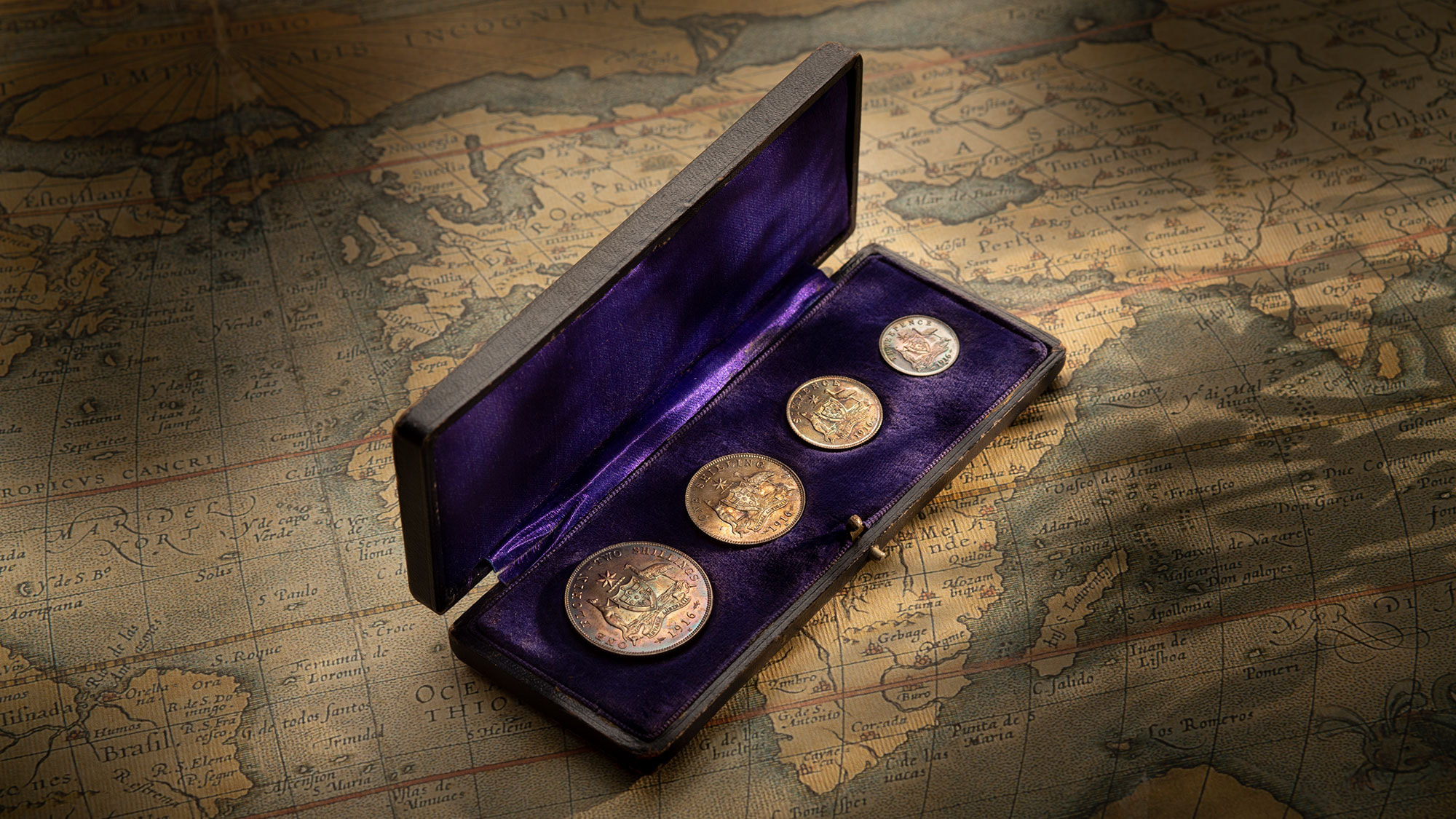Our first coins and our first mint master
The British Government had no capacity to supply Governor Lachlan Macquarie with metal blanks to create Australia’s first coinage so, he improvised and ordered 40,000 Spanish Silver Dollars - foreign coinage - to use as his substitute for blanks.
Concluding that the shipment of 40,000 Spanish Silver Dollars would not suffice, Macquarie decided to cut a hole in the centre of each dollar, thereby creating two coins out of one, a ring dollar and a disc.
While some history buffs may laud Macquarie for his brilliance in creating the nation's first coin from another coin ... it was an extension of a practice of ‘cutting’ coins into segments, widely used throughout the British colonies of the Caribbean and several African nation’s including Sierra Leone.
Macquarie needed a skilled coiner to carry out his project and he appointed an emancipated convict, William Henshall to the task. Henshall had been apprehended in 1805 for forgery, counterfeiting Bank of England Dollars, and sentenced for seven years in the penal colony of New South Wales.
Henshall, acquired his skills as an engraver in Birmingham, where the major portion of his apprenticeship consisted of mastering the art of die sinking and die stamping for the shoe buckle and engraved button trades. Perfect qualifications for the role of Australia's first Mint Master!
A crude process but it worked ...
Enlisted by Lachlan Macquarie as the colony’s first Mint Master, Henshall commenced the coining process by cutting out a disc from each silver dollar.
The donut shaped silver piece, with the hole in the middle, was over stamped around the edge of the hole with the date 1813 and New South Wales and became the Holey Dollar with a monetary value of five shillings.
The small disc that fell out of the centre of the silver dollar was not wasted but was over stamped with the date 1813, New South Wales and a crown and became the Dump. Its monetary value was fifteen pence.
The origin of the names - Holey Dollar and Dump
The holed coins were officially known as ring, pierced or colonial dollars and although ‘holey’ was undoubtedly applied to them from the outset, the actual term ‘holey’ dollar did not appear in print until the 1820s.
The term ‘Dump’ was applied officially right from the outset and is a name that continues to this day.
The shipment of 40,000 Spanish Silver Dollars was converted into 39,910 Holey Dollars and 39,910 Dumps. Spoilage, mishaps during the minting process, and specimens sent to Great Britain as an official record of the strike account for the balance of the coins.
In creating two coins out of one, Macquarie effectively doubled the money supply. And increased the total worth of the shipment of 40,000 coins by 25 per cent.
Recall of Australia's first coins
The Holey Dollar and Dump remained as currency within the colony until 1829. The colony had by then reverted to a sterling standard and a general order was issued by Governor Darling to withdraw and demonetise the nation's first coins. The recalled specie were eventually shipped off to the Royal Mint London, melted down and sold off to the Bank of England for £5044.

